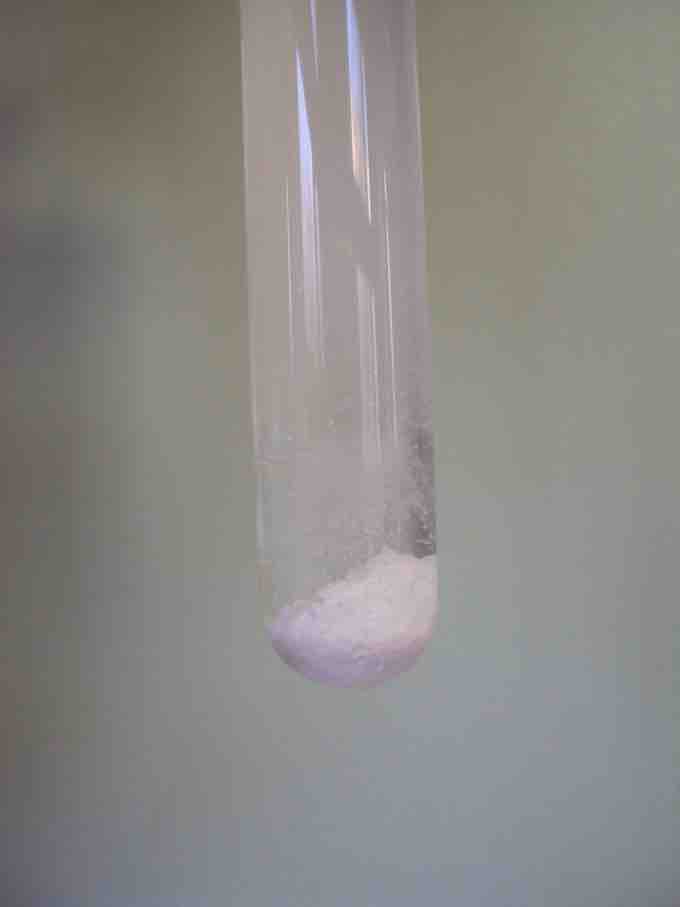Hydrogen Halides
The halogens all form binary compounds with hydrogen, and these compounds are known as the hydrogen halides: hydrogen fluoride (HF), hydrogen chloride (HCl), hydrogen bromide (HBr), hydrogen iodide (HI), and hydrogen astatide (HAt). All of these except HF are strong chemical acids when dissolved in water. However, hydrofluoric acid does have quite destructive properties towards animal tissue, including that of humans.
When in aqueous solution, the hydrogen halides are known as hydrohalic acids. The names of these acids are as follows:
- hydrofluoric acid
- hydrochloric acid
- hydrobromic acid
- hydroiodic acid
All of these acids are dangerous and must be handled with great care. Some of these acids are also widely used in chemical manufacturing plants. Hydrogen astatide should also be a strong acid (hydroastatic acid), but it is seldom included in presentations about hydrohalic acids because of the extreme radioactivity of astatine (via alpha decay) and the fact that it readily decomposes into its constituent elements (hydrogen and astatine).
Metal Halides
The halogens form many compounds with metals. These include highly ionic compounds such as sodium chloride, monomeric covalent compounds such as uranium hexafluoride, and polymeric covalent compounds such as palladium chloride. Metal halides are generally obtained through direct combination or, more commonly, through neutralization of a basic metal salt with a hydrohalic acid.

Silver Chloride
Silver chloride is the precipitate formed when silver nitrate solution is added to chloride solution.
Interhalogen Compounds
The halogens react with each other to form interhalogen compounds. Diatomic interhalogen compounds such as BrF, ICl, and ClF bear resemblance to the pure halogens in some respects. The properties and behavior of a diatomic interhalogen compound tend to be intermediates of those of its parent halogens. Some properties, however, are found in neither parent halogen. For example, Cl2 and I2 are soluble in CCl4, but ICl is not since it is a polar molecule (due to the electronegativity difference between I and Cl).
Organic Halides
Many synthetic organic compounds, such as plastic polymers, as well as a few natural organic compounds, contain halogen atoms; these are known as halogenated compounds, or organic halides. Chlorine is by far the most abundant of the halogens and is the only one needed (as chloride ions) in relatively large amounts by humans. For example, chloride ions play a key role in brain function by mediating the action of the inhibitory transmitter GABA. They are also used by the body to produce stomach acid. Iodine is needed in trace amounts for the production of thyroid hormones, such as thyroxine. On the other hand, neither fluorine nor bromine is believed to be essential for humans. Organohalogens are also synthesized through the nucleophilic abstraction reaction.
Polyhalogenated Compounds
Polyhalogenated compounds are industrially created compounds substituted with multiple halogens. Many of them are very toxic and bioaccumulate in humans, but they have many possible applications. Polyhalogenated compounds include the much publicized PCBs, PBDEs, and PFCs, as well as numerous other compounds.